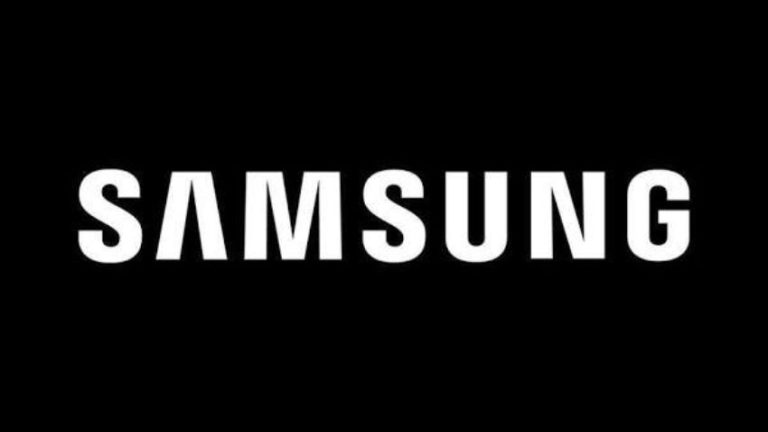Introduction to Samsung
When you hear the word Samsung what comes to mind? Most people think of the latest smartphone or tablet. But Samsung is so much more than that. It’s a South Korean multinational conglomerate that includes businesses in electronics, construction, shipbuilding, textiles, and more.
Samsung started out as a small trading company in 1938 in Seoul, South Korea. Founder Lee Byung-chull started the business with just 30 employees and $30,000 in capital. The company traded local goods like vegetables and fish before expanding into other areas like insurance and textiles.
History of Samsung
Samsung was founded in 1938 by Lee Byung-chull as a trading company in Seoul, South Korea. Over the next three decades, the company diversified into areas including food processing, textiles, insurance, securities and retail. Samsung entered the electronics industry in the late 1960s and the construction and shipbuilding industries in the mid-1970s; these areas would drive its subsequent growth.
Major Business Divisions and Subsidiaries of Samsung
Samsung business is divided into four main divisions: Consumer Electronics, Information Technology & Mobile Communications (IM), Device Solutions, and the newly formed Harman.
Consumer Electronics includes visual display, mobile computing, digital appliances, and home entertainment. Information Technology & Mobile Communications (IM) comprises of semiconductor, telecommunication, and digital media businesses. Device Solutions is made up of the components and devices businesses including display, memory, system LSI, and LED. Harman was recently acquired by Samsung and focuses on connected technologies for automotive, audio, and IoT industries.
Some of Samsung subsidiaries include Samsung C&T Corporation, Cheil Industries Inc., Samsung Everland Inc., and Samsung Heavy Industries.
Impact of Samsung on South Korean Economy
Founded in 1938 as a trading company, Samsung has grown into a multinational conglomerate over the past 80 years. Today, Samsung is one of the world’s leading electronics manufacturers, and its products are available in countries all over the globe.
Samsung success has helped to propel South Korea’s economy forward and make it one of the world’s leading economies. The country now has a per capita income that is higher than many developed countries, including the United States. South Korea is also home to a number of other successful companies, such as LG and Hyundai.
Conclusion
Samsung has come a long way since its humble beginnings in 1938. From launching televisions, smartphones and other electronics to acquiring global brands like Harman International and developing state-of-the-art semiconductor technology, the South Korean conglomerate continues to rise above all expectations with its innovative products. As we have seen from this exploration of the fascinating story of Samsung, it is an inspiring example of how a small business can become one of the world's leading companies in just over 80 years.





